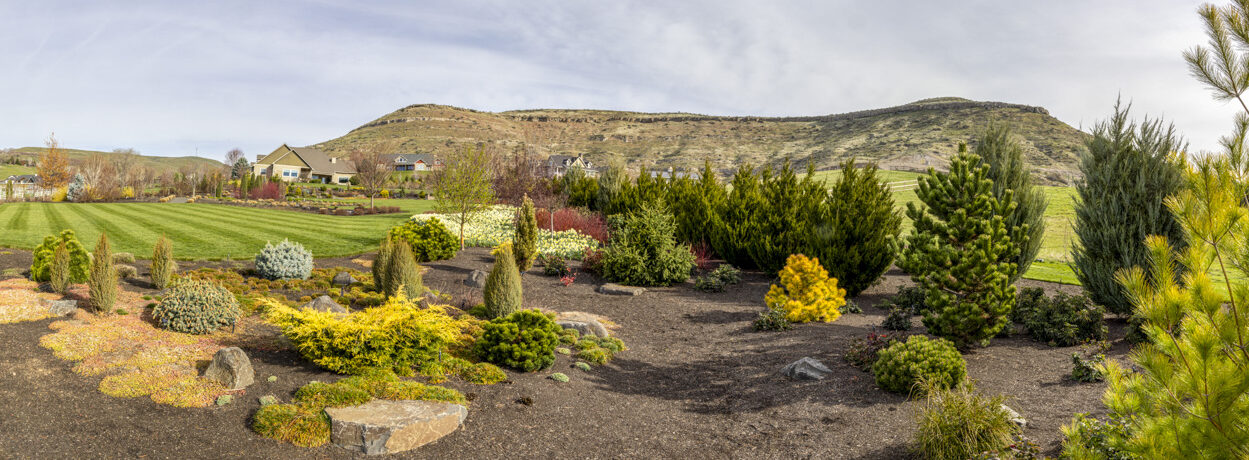
Joshua Tree Grove
Joshua Tree National Park, California
We saw a majestic big horn sheep wandering around the hills in the park. However, I chose this image as a better representative of the park.
Now here’s the story behind the title of this post. One of my close friends (Mr. G.H. Ferguson) is a wildlife photographer. On this outing, he decided to travel light and carry only a 35mm wide angle lens. About 10 minutes into our hike, out popped a majestic big horn sheep on a ridge right in front of us. He looked down at his 35mm lens, looked up at me, and said aw Xyx?//. The good news was that I had my 200mm telephoto and was able to get a few good shots. Ferg, this image is for you!










